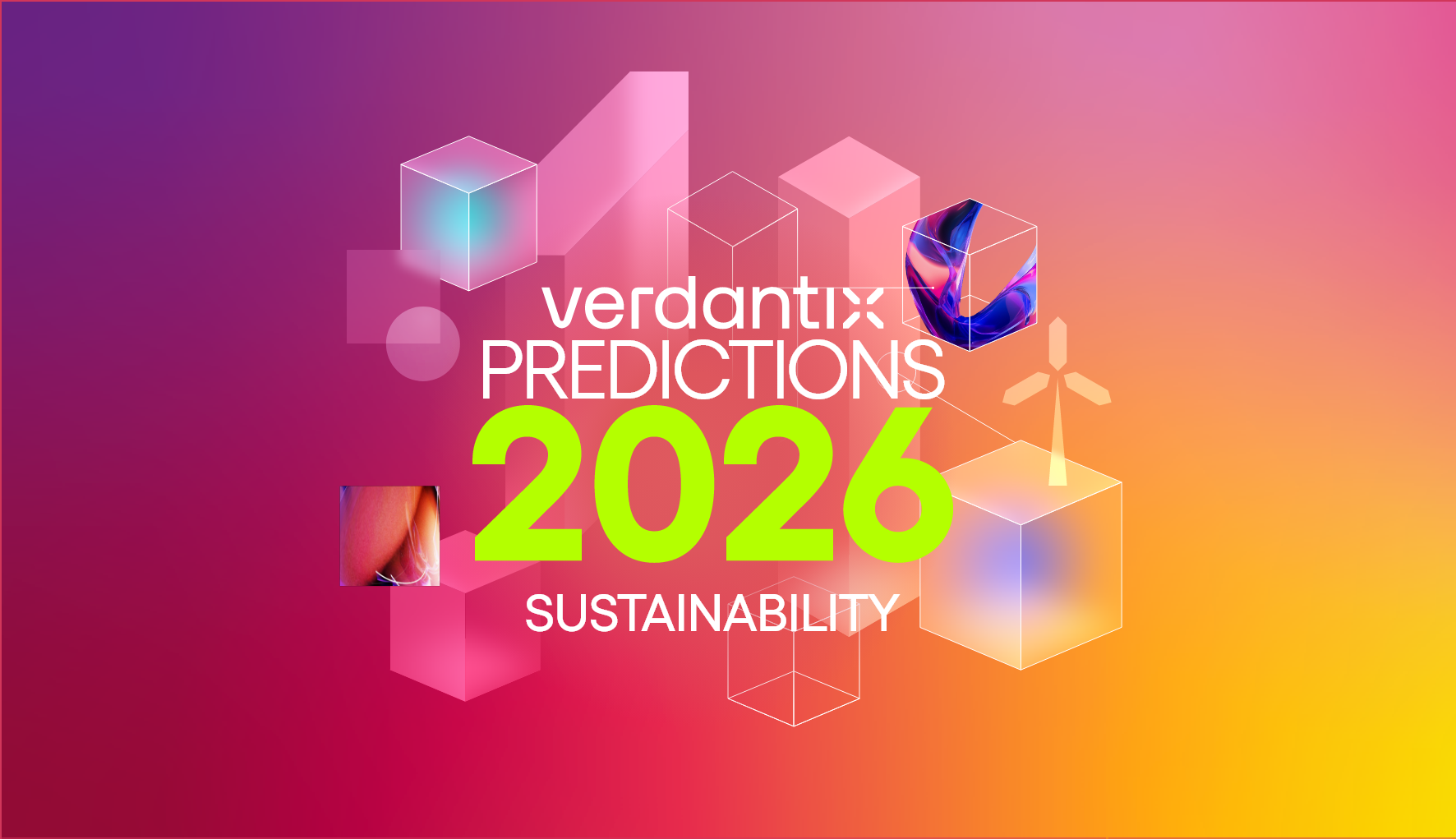A Tale Of Two Halves: India’s Prime Minister Modi’s ESG And Sustainability Report
India, the world’s largest democracy, has recently chosen the incumbent Prime Minister, Narendra Modi, to lead for the next five years. Given India’s booming economy – the world’s fastest growing big economy – its strategic position in Asia and its current global standing, Modi’s re-election will have implications across the world. Modi being at the helm of Indian affairs (again) will impact not only the country’s sustainability journey, but also the world’s collective journey. After all, India's ability to effectively implement the UN’s Sustainable Development Goals will determine the success or failure of up to half of the global targets, far more than the impact of any other country.
If Modi’s India was an organization, its externally produced sustainability report would look a lot like this:
Environmental:
- At COP26, India pledged to reach net zero emissions by 2070.
- India reduced its emissions intensity vis-à-vis GDP by 33% between 2005 and 2019, achieving its 2030 target 11 years early.
- The country still needs to accelerate the reduction of its fossil fuel dependence, though there has been a spurt in investments in renewable energy – with a staggering $130 billion invested since 2004. India has achieved 40% of electric installed capacity through non-fossil-fuel sources, nine years ahead of the 2030 target.
- India is one of the most vulnerable countries to climate change. In 2022, 8% of its GDP was lost due to rising temperatures and climate-driven extreme weather.
Social:
- India’s inequality is higher than it has ever been, with the top 1% of India’s population controlling 40% of its wealth. The increasing cost of living and inflation have led to a five-decade low in household savings, with household debt being at a record high.
- In a country where half the population is under 30 years of age, youth unemployment rates are shocking, ranging from 44-54% for those in their 20s.
- Modi’s politics have been armed with doctrine of Hindu nationalism. His election manifesto promised a uniform set of civil laws that remains communally contentious, with minorities, especially Muslims, believing that it is aimed to restrict minority religious practices.
Governance:
- Modi has invested in cleaning up the financial system, shaping erstwhile sluggish bureaucratic systems and improving the business landscape.
- Having invested more than £100 billion annually in capital expenditure – building new roads, airports, ports and metros – Modi’s time in the office has produced mostly positive improvements in India’s infrastructure, which has the potential to both increase the country’s environmental impact and support much-needed social benefits.
- Bridging the gap between sustainability intentions and execution capabilities of businesses remains an obstacle. In 2023, the Securities and Exchange Board of India (SEBI) announced stricter and more detailed reporting requirements under nine ESG attributes – including assurance and disclosures for the value chain – for the largest 1,000 Indian firms.
With India’s energy consumption expected to increase 30% by 2030, and 90% by 2050, the country ranking at 91 on the Global Governance Index in 2023, and the latest Human Development Report placing India in the medium human development category, the biggest challenge for Modi’s government will remain balancing its environmental agenda with the basic needs of a vast swathe of the country's populace. Crucially, if Modi succeeds in keeping India on track to meet his government’s sustainability commitments over the entirety of his term, the India of 2030 might offer the world a model of sustainable development, where a country grows without a concomitant increase in its energy and carbon footprint.
If you are interested in understanding the key ESG regulations in India, please read Verdantix Strategic Focus: ESG Regulations Around The Globe.
About The Author

Priyanka Bawa
Senior Analyst





